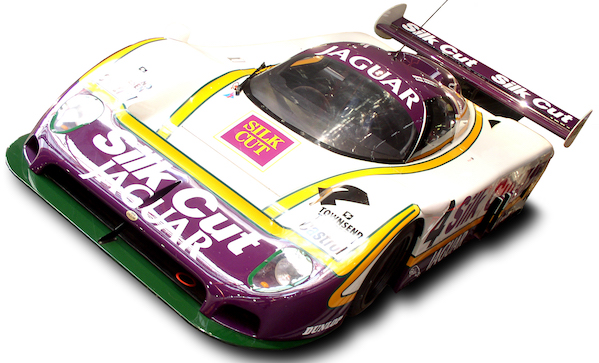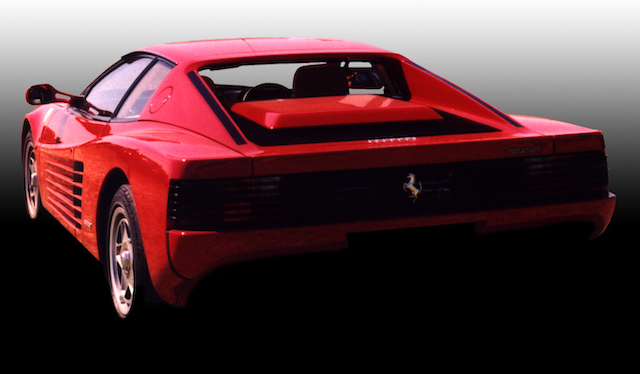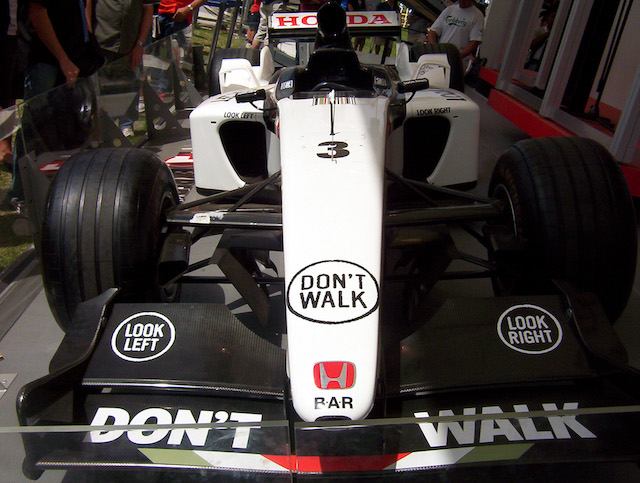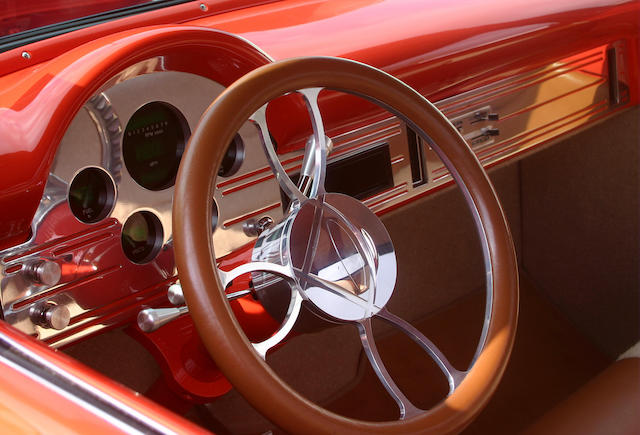Car Racing On TV As Well As Virtual And Augmented Reality
Car racing has long captivated audiences with its fast-paced action and intense competition. Technological innovations like virtual reality and augmented reality continue to evolve. They have begun to reshape the way fans experience car racing on TV. These groundbreaking technologies are enhancing the viewing experience. They provide a deeper engagement and opening up new opportunities for both fans and participants. Virtual reality and augmented reality have become powerful tools in car racing. These technologies offer immersive experiences that bring viewers closer to the action. They enable fans to experience the thrill of high-speed racing from unique perspectives. They transform traditional broadcast formats and creat new ways to engage with the sport.
Virtual reality in car racing on TV
Virtual reality has had a significant impact on car racing on TV, especially in how it’s viewed on TV. With VR headsets, fans can step into the driver’s seat and experience races from the perspective of their favorite drivers. This immersive experience is unlike anything traditional broadcasting can offer, as it creates a realistic, first-person view of the action on the track. VR technology allows viewers to watch races from multiple angles, providing a more dynamic and interactive experience. Fans can choose to view the race from within a car, on a specific turn, or even from the perspective of a specific driver. This level of personalization is transforming how fans consume car racing content.
Additionally, VR brings fans closer to the physicality of the race. The sense of speed and movement in virtual reality can replicate the feelings experienced by drivers themselves. For the first time, viewers can feel like they are part of the action, immersing themselves in the race without being physically present.
Augmented reality
While VR offers an entirely immersive experience, augmented reality enhances the traditional TV broadcast. With AR, viewers can access additional information layered over the live video feed. This can include real-time data such as lap times, tire wear, and driver stats, all displayed on the screen while the race unfolds. AR technology provides fans with more context and insights during races. As drivers navigate the track, viewers can track their performance in real-time. This integration of data enhances the excitement, as fans can see how their favorite drivers are performing relative to the competition. The ability to display race statistics in an interactive way makes the viewing experience more engaging and informative.
The use of AR in car racing broadcasts has grown over the years. Advanced graphics and data visualizations help viewers understand complex racing strategies and decisions. For example, race teams’ tire strategies, pit stop timings, and fuel levels can be displayed on the screen, giving fans a deeper understanding of the race’s dynamics.
Integration of VR and AR
The introduction of VR and AR has also impacted the development of car racing simulators. These simulators are now equipped with VR headsets and AR interfaces to create more realistic training experiences for drivers and racing teams. Virtual racing environments allow drivers to practice in simulated conditions that replicate real-world tracks, helping them improve their skills. For racing teams, VR technology enables them to test different setups, analyze race strategies, and prepare for various race scenarios. The use of VR in car racing simulations allows drivers to familiarize themselves with new tracks and refine their skills without having to be physically present. This has significantly enhanced training, offering a safe and cost-effective way to prepare for race day.
In addition to professional training, these simulators are also becoming a popular way for fans to experience car racing. Virtual racing events and online platforms allow fans to race against each other in simulated environments. By using VR, fans can create an authentic racing experience, replicating the thrill and challenge of real-world car racing.
VR and AR are transforming race coverage
As virtual reality and augmented reality technologies evolve, they are changing how car racing is covered on TV. These technologies allow broadcasters to offer more dynamic and interactive coverage. For example, with AR, viewers can see an augmented view of the track, including real-time race stats and driver performance metrics superimposed on the video feed. VR, on the other hand, allows broadcasters to offer immersive “driver’s seat” experiences, where fans can feel like they are driving in the race themselves. This transformation offers a deeper connection with the sport and makes it easier for viewers to follow the action closely. Fans no longer have to rely solely on traditional camera angles; they can step inside the race and experience it from various perspectives.
Incorporating VR and AR also changes the way race coverage is presented. Broadcasters can now offer multi-dimensional viewing experiences, allowing fans to choose how they want to engage with the race. This flexibility is reshaping the landscape of car racing on TV, offering fans more control over how they experience their favourite events.
Impact on fan engagement
The ability to engage with car racing in new and interactive ways has brought fans closer to the sport. VR and AR create a more personalized viewing experience, allowing fans to feel like active participants rather than passive viewers. This heightened level of engagement has led to a growing fanbase, as these technologies attract a new generation of motorsport enthusiasts who value innovation and interactivity. As VR and AR technologies continue to develop, fan engagement will only continue to grow. Fans are now able to interact with the race in real-time, check stats, and analyze the action from different perspectives. This creates a more social and dynamic environment for motorsports fans, as they can share their experiences and insights with other viewers.
Social media platforms and online forums have also played a role in expanding fan engagement. The ability to share VR and AR experiences with others has created an online community where fans can discuss their favorite races, drivers, and technologies. This further enhances the sense of belonging and excitement that fans feel for the sport.
Economic impact
The implementation of VR and AR technologies in car racing broadcasts has financial implications for the sport. These technologies can provide broadcasters with new revenue streams, as they offer more compelling and immersive content to attract viewers. Premium services, such as exclusive VR experiences or AR data features, can be sold to fans as a part of a subscription model. Furthermore, sponsors are increasingly interested in VR and AR as tools for engaging with viewers in innovative ways. Brands can use augmented reality to create interactive advertisements that appear during race broadcasts, offering a unique opportunity to engage with consumers. This integration of AR in advertising enhances the viewer’s experience while providing brands with new ways to connect with their target audience.
The cost of implementing these technologies is also a consideration for broadcasters and racing organizations. However, the growing interest in VR and AR content suggests that the investment will lead to long-term benefits, including increased viewer loyalty and broader global reach.
VR and AR in car racing
The introduction of virtual and augmented reality is making car racing more inclusive. By providing fans with the ability to experience races from multiple perspectives and interact with the broadcast, VR and AR technologies allow people with different abilities to engage with the sport in new ways. For example, fans who may not be able to attend races in person due to physical limitations can now enjoy an immersive experience through VR. Moreover, VR and AR can offer features like customizable viewing angles, allowing fans to watch the race from their favorite driver’s point of view or from multiple camera angles. These personalized experiences make car racing more accessible and enjoyable for a diverse audience.
As VR and AR technologies evolve, more inclusive features will likely be integrated into car racing broadcasts. This will help broaden the sport’s appeal and attract new fans who may not have engaged with motorsport.
Future of VR and AR in car racing
The future of VR and AR in car racing is full of exciting possibilities. As the technology continues to advance, the experiences will become even more immersive and realistic. Fans will have the ability to choose how they want to experience races, from fully immersive VR environments to interactive AR data overlays. Broadcasting networks and racing organizations will continue to explore new ways to incorporate these technologies into race coverage. This will likely involve enhancing VR experiences with realistic physics engines, detailed car models, and more intricate race scenarios. AR will become more sophisticated, offering fans deeper insights into the race and real-time updates.
As VR and AR technologies become more mainstream, they will change the dynamics of fan engagement, advertising, and race broadcasting. These technologies have the potential to reach a broader, more global audience. They will play a pivotal part in shaping the future of car racing on TV.
Thrilling new era
The introduction of virtual reality and augmented reality is ushering in a thrilling new era for car racing on TV. These technologies are transforming how fans interact with the sport, offering immersive and interactive experiences. VR and AR continue to evolve. The way we watch and enjoy car racing will only become more exciting and engaging. For fans and broadcasters alike, these innovations are reshaping the landscape of motorsports. They bring the thrill of racing closer to everyone.
Expose your brand at the East African Safari Classic Rally05 – 13 December 2025
|






